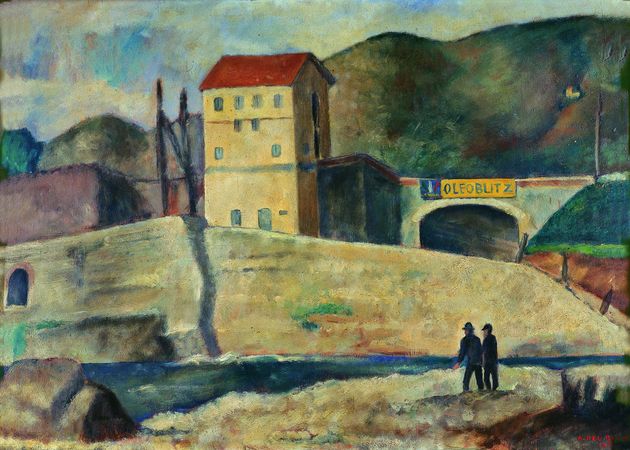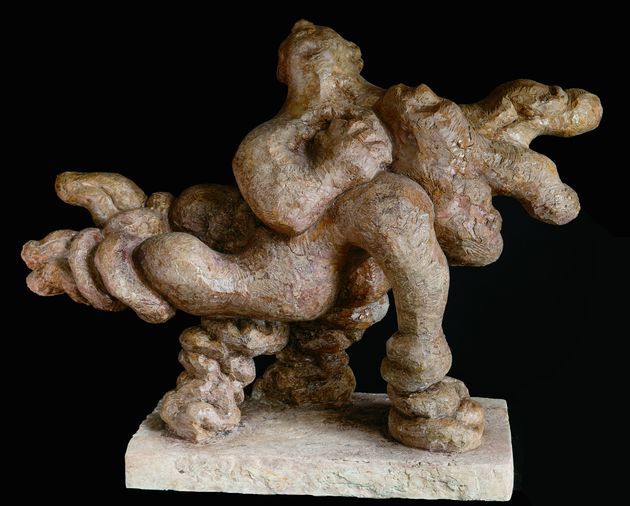The sculpture dates back to one of Bartolini’s most innovative period, when he renewed his close study and work relations with his friend and painter Jean-Auguste-Domnique Ingres, whom he had met two years previously in Paris at the school of David. Ingres lived in Florence from 1820 to 1824, for a long time as the guest of the sculptor before their relations deteriorated because of Bartolini’s difficult behaviour. The two artists aimed at replacing Neoclassical canons of ideal beauty with a more vital, sensitive rendering of figures. This can be seen in some works done in close collaboration with each other, particularly those commissioned in 1820-21 by the Russian diplomat Count Nikolaj Gur’ev, who asked Ingres to make his portrait (an outstanding work now in the Hermitage) and Bartolini to make the portrait of his wife.
The splendid plaster model in Prato bears the dedication: “Bartolini made this and dedicated it to his friend Ingres”, and shows a strongly innovative character in the countess’s uninhibited natural pose as she leans against a rock. Her vitality is accentuated by the slight twist of the head. An elegant thin robe with a fashionable plunging neckline and rich drapery enfolds the youthful figure, emphasizing her soft, pulsating forms.




























































